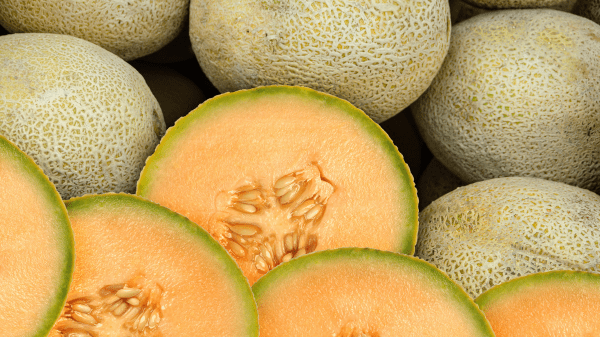Recalls of contaminated cantaloupe have dominated produce industry news over the past week.
I decided to check in about the situation with Timothy D. Lytton, a law professor at the Center for Law, Health & Society at Georgia State University College of Law. Lytton is author of the important book Outbreak: Foodborne Illness and the Struggle for Food Safety.
Outbreak discussed (until what was recently) the most notorious cantaloupe-related foodborne illness outbreak, which occurred at Colorado-based Jensen Farms in 2011.

The Jensen operation was “a scaled-up family farm turned into a giant commercial operation,” Lytton says. Although they did ask a food safety auditor for advice and followed it, a listeriosis outbreak occurred anyway. “They got thrown under the bus by the FDA,” comments Lytton. “They were made an example of. They were prosecuted and destroyed.”
Since then, Lytton observes, “basic food safety challenges have remained. Failures in production have been variations on a theme.”
This latest cantaloupe case, he notes, involved a “large-scale operation that has dozens of distributors.” But “how the contamination might have occurred—we don’t have those details yet, and it may take some time to get them.”
Lytton points out that the Food and Drug Administration (FDA) has a tight wire to walk: if they issue a warning that is too narrow, they are accused of negligence later, but “if they go for a wider scope” initially, “they’re accused of scaring a lot of people off.”
As for sanitation standards, Lytton said there has not been “a huge amount of movement” since the Jensen outbreak. In any event, “increasing stringency in water quality in farms hasn’t really translated into safer outcomes.”
More sophisticated postharvest sanitation methods include irradiation, but Lytton observes that growers have avoided this option for fear of public response. Blue-light and ozone treatments also remain possibilities, but “neither has been commercialized on a larger scale.”
Lytton’s somber observation: “There’s only so much you can do to those melons.”
In the end, “you’re still putting the burden on the grower to handle something that they’re never going to be able to handle,” he adds, noting that, for example, “it’s hard to get reliable water testing on-farm” and “it’s impractical to wash produce with potable water.”
Lytton believes that in the long run, the solution has to come from a confrontation with the cattle industry. Although regulations for the California Leafy Greens Marketing Agreement (LGMA) mandate buffer zones between leafy green and cattle operations, “even that won’t help you,” Lytton contends, because “pathogens travel in groundwater, irrigation channels, runoff.”
Lytton continues, “They’ve done an inadequate job of putting the heat on the cattle industry,” although the issue is a difficult one, particularly for elected legislators, since the beef cattle industry and the produce industry are “competing social goods.”



